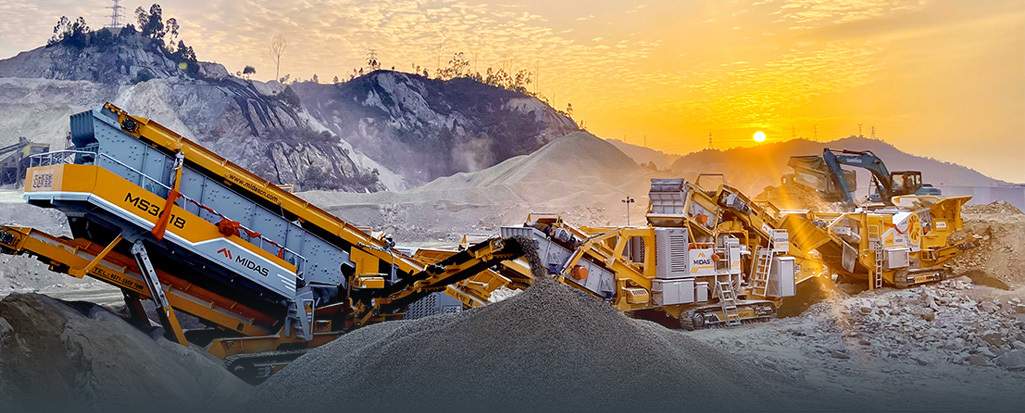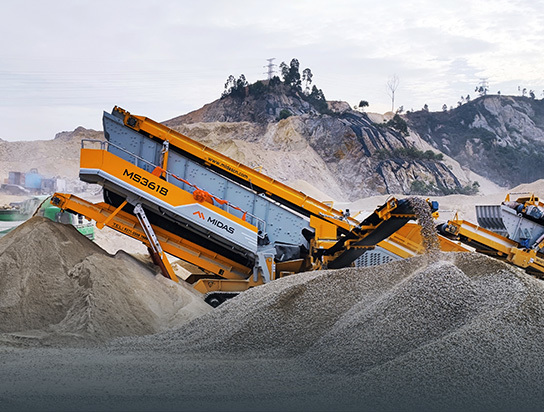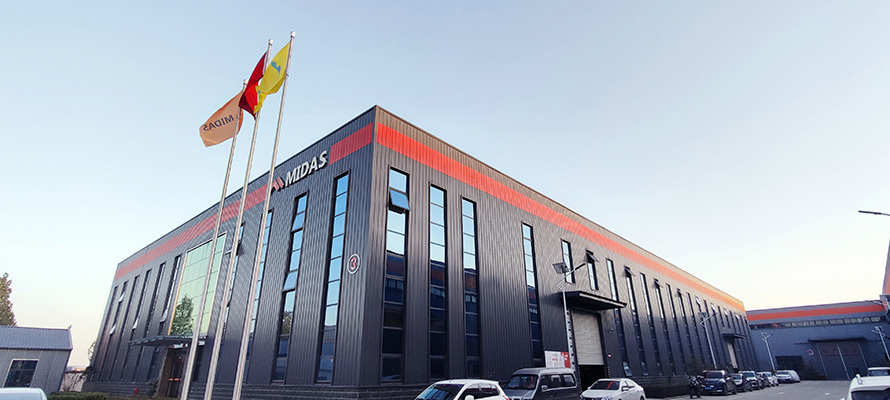How to choose a crawler-type mobile crushing station for hard rock crushing?
【Summary description】In the processing of machine-made sand and gravel, it is very important to master the properties of the raw material rocks, such as the physical and mechanical properties, mineral composition, chemical composition of the rocks, and the processing performance index of the rocks. It is mainly necessary to understand the crushing energy index and erosion index, which serve as important reference indicators for the initial equipment selection, subsequent production and processing, and maintenance of sand and gravel equipment. In simple terms, it refers to the breakability and abrasiveness in the rock processing performance.
In the processing of machine-made sand and gravel, it is very important to master the properties of the raw material rocks, such as the physical and mechanical properties, mineral composition, chemical composition of the rocks, and the processing performance index of the rocks. It is mainly necessary to understand the crushing energy index and erosion index, which serve as important reference indicators for the initial equipment selection, subsequent production and processing, and maintenance of sand and gravel equipment. In simple terms, it refers to the breakability and abrasiveness in the rock processing performance.
I. Fragmentation of Rocks
The crushing energy index WI is usually used to characterize the crushability of rocks, which is closely related to factors such as the chemical composition of the rocks, the development of joints (which can also be understood as cracks in the rocks), and the crystalline state. For instance, hard quartzite is very difficult to break, while limestone is much easier. The degradability of rocks affects the particle size of the discharged materials from crushing equipment, and thus influences the selection of equipment. Generally, according to the crushing energy index range, the rock's crushability is classified as 1422, which is extremely difficult to break. Medium-breakable limestone is more commonly used in daily civil buildings. In hydropower projects, common hard rocks include deep-formed igneous rocks (such as granite, syneite, diorite) and extrusive igneous rocks (such as basalt, diabase). Typical hard rock indices commonly seen in sand and gravel processing.
Ii. Abrasiveness of rocks
The abrasiveness of rocks is usually measured by the abrasion index AI and SiO2 content, which is related to factors such as the hard mineral content of the rock (SiO2, orthoclase, etc.), crystal structure, raw material size, and compressive strength of the rock. The abrasiveness of rocks mainly affects the service life and wear cost of wear-resistant parts during the operation period of equipment. Therefore, the abrasiveness of rocks is an important parameter for determining equipment selection. According to the rock abrasion index, the abrasiveness of rocks is classified as 0.40.8, indicating a relatively high abrasiveness.
Next







